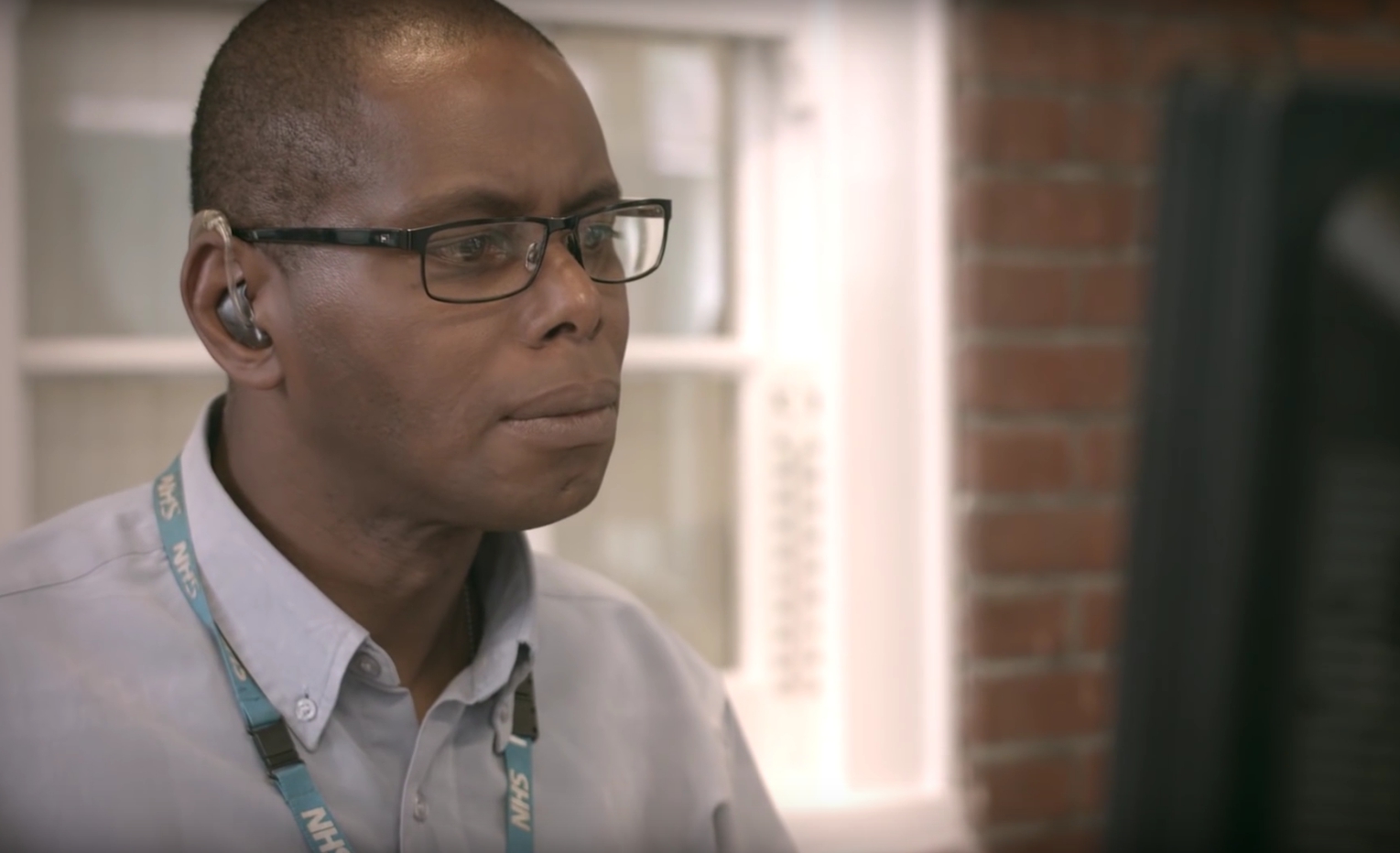
As we move towards a world of ubiquitous connectivity we could move towards a world of ubiquitous healthcare.
Imagine being able to not only monitor your health on your device through healthcare apps, but actually to get direct access to a clinician from your device as well.
At South West London & St George’s Mental Health NHS Trust, this is already happening, with the roll-out of Microsoft‘s Skype for Business.
Ranjeet Kaile, Head of Communications and Engagement and the man behind the project explains the thinking behind adopting the solution:
"When I started at the organisation, I considered how we could get our staff to talk to each other internally. Skype for Business was a classic example of first being able to release the technology to allow staff to communicate with each other using their computers and webcams."
They started with internal communications, but soon saw the potential for expanding this externally.
"We started with 200 people internally piloting Skype for Business; within a year that was so successful we rolled it out to everyone. We’ve got 2200 members of staff.
"We then did an eight-month pilot with our deaf service and some of our community services. Based on our clinician’s expertise, we judged whether a particular patient was suitable for a Skype for Business consultation."
The programme started with one team.
"We piloted with the Sutton community mental health team, who are based in a location in the community and see the patient on a regular basis," says Kaile.
"Of the people that were involved, there was 100 percent agreement that they wanted to do more consultations through Skype."
How does this work in practice?
"What we found is that there has been a fantastic take-up with our staff and clinicians, who no longer have to spend an hour commuting to somewhere, coming through traffic, having a meeting for an hour and then having to come back for an hour."
It’s not just the staff who are benefitting.
"The patient can see their clinician, can develop that relationship and not have to commute across London or, if using national services, have to travel long distances.
"If you’ve got a half an hour consultation you can do that during a break, in a private room or a private space. It is a really good way for people who are in work to have the support and the consultation they need without having to take the time off work and arrange their life around the appointment."
However, this is not a one-size-fits-all solution, as Kaile explains.
"This is in addition to patient consultations that are face-to-face. We’re giving people the option and only if they’re able to use it will we go down that route. All the telephone consultations and face-to-face consultations will continue. This is really about trying to help people that are already there with using technology."
Kaile argues that this approach could be expanded across the NHS.
"There is a place for these consultations to take place and it can be rolled out across various bands of the NHS. There will always be the need for face-to-face consultations and it doesn’t replace that.
I think it is a really good addition to the toolbox of the clinicians to be able to help with accessibility of that expert opinion and advice."
The implications for cost-savings are numerous, as Kaile explains.
"By allowing patients to be able to have an alternative way to make their appointments is crucial to reducing the do not arrive rate of people not turning up.
"It saves clinicians from having to travel and therefore they can fit more appointments into their diary. Instead of having two or three contacts a day they can have four or five.
"The use of the technology saves on staff costs as well, including simple things like travel expenses. If someone cuts out 10 miles of travelling that’s 10 miles that is not charged to the NHS.
"It’s an alternative to having face-to-face where you can see people at times that are comfortable to them and you can see more patients."
He adds that this form of mobile care could be combined with other mobile solutions, such as self-help apps.
"There are a number of apps that patients can use and in all our buildings we’ve got wi-fi for staff and patients. Within the digital toolbox, this is one of many things that allow patients to see their health is improving or where they need to more help around getting better with their clinician."


